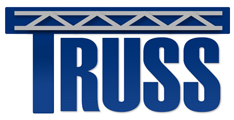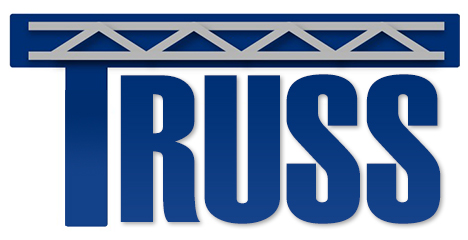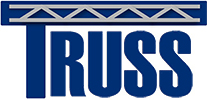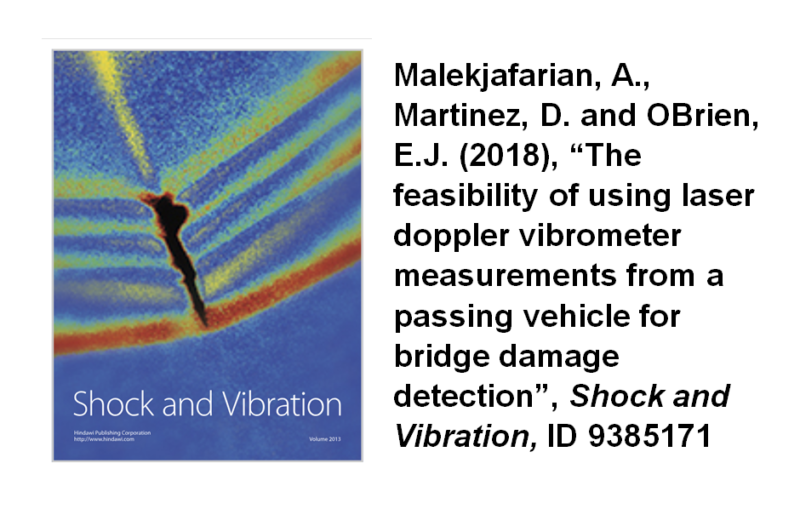On 16th May 2018, the paper titled “The Feasibility of Using Laser Doppler Vibrometer Measurements from a Passing Vehicle for Bridge Damage Detection” by Daniel Martinez (ESR12), his supervisor Eugene OBrien, and Abdollah Malekjafarian, came available in the website of Shock and Vibration. The paper is open access and can be downloaded at the DOI link of the publisher’s website provided with the full reference below.
Abstract:
This paper investigates the feasibility of detecting local damage in a bridge using Laser Doppler Vibrometer (LDV) measurements taken from a vehicle as it passes over the bridge. Six LDVs are simulated numerically on a moving vehicle, collecting relative velocity data between the vehicle and the bridge. It is shown that Instantaneous Curvature (IC) at a moving reference, which is the curvature of the bridge at an instant in time, is sensitive to local damage. The vehicle measures Rate of Instantaneous Curvature (RIC), defined as the first derivative of IC with respect to time. A moving average filter is found to reduce the effects of noise on the RIC data. A comparison of filtered RIC measurements in healthy and damaged bridges shows that local damage can be detected well with noise-free measurements and can still be detected in the presence of noise.
Keywords: Bridge; drive-by damage detection; structural health monitoring; SHM; instantaneous curvature; moving reference curvature.
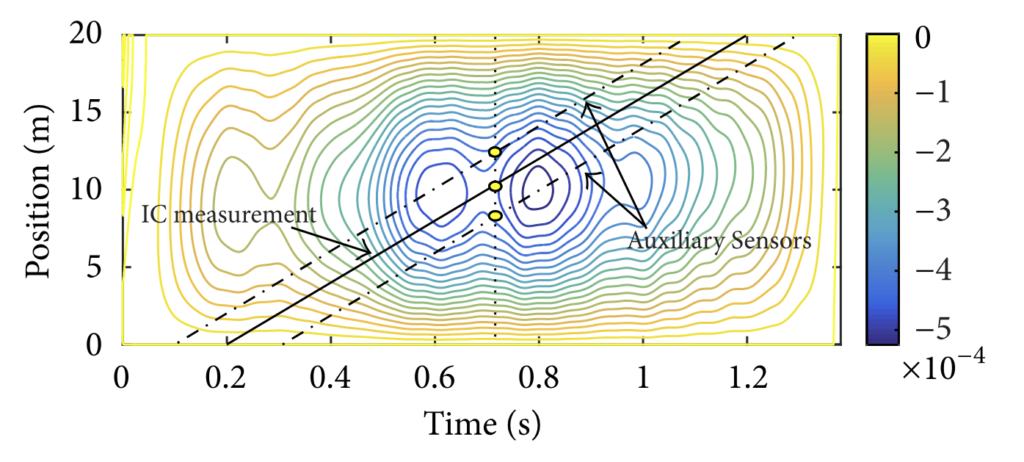
Instantaneous Curvature calculation using three deflection measurements on the healthy bridge
Shock and Vibration (ISSN: 1070-9622), from Hindawi, publishes articles on shock, vibration, sound, structural dynamics, biodynamics, crashworthiness, earthquake engineering, gun dynamics, vehicle dynamics and dynamics and vibration performance of civil, mechanical and aerospace engineering structures. Among the specific areas to be covered are vibration measurements, testing and control, vibration condition monitoring and structural health monitoring, shock hardening, modal testing technology, shock testing, data acquisition, fluid-structure interaction, isolation, noise generation and control, damping. According to scimagojr, the journal has the following impact indicators:
